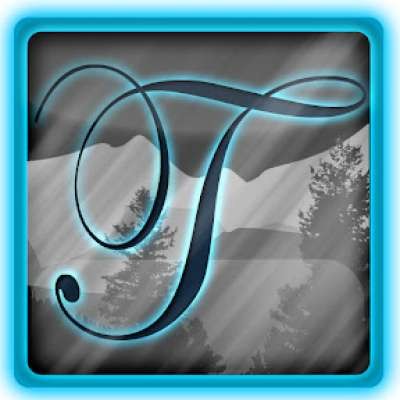- Разработка
- Бизнес
- ИТ и ПО
- Личностный рост
- Дизайн
- Маркетинг
- Красота
- Фотография и видео
- Здоровье и спорт
- Музыка
- Образование
- Подготовка к экзаменам
- Языки
- Работа на компьютере
- Строительство и ремонт
- Кулинария
- Сельское хозяйство
- Фриланс
- ПДД и вождение
- Игры
- Школьное образование
- Профессиональная ориентация
- Шитье и кожевенное дело
- Рукоделие
- Каменные и столярные работы
- Собеседование
- Рыбалка и охота
- Страны
Tips and Tricks #1~ How to Blend Oil Pastels
#Hello everybody. So I get questions quite often on how to blend oil pastels quite often. In a few of my videos I blend them with my fingers and in others I blend them with blending stumps. There isn't too big of a difference between the two methods it just depends on what I feel like doing. Some artists might say that blending with your fingers is not a good way to go about it because the oils on your fingers can have a negative effect on your drawings after time. The safest bet to blending colors is to use a blending stump. But for practicing whatever method you chose is fine.
So I figured with showing you this tutorial that I would also start a tips and tricks tutorial series. So when the audience asks questions about the way I draw certain things in my drawings, I can try my best to explain that particular thing. This will be the tips and tricks vlog 1.
Ill get right to it and show you how to blend with my fingers. Just take your finger and start blending the 2 colors together and you will see that they mix quite well. The color blends into one another. Ill zoom in so you can see what the effect of blending does. And again for those of you who don't know, the brand of oil pastels that I do use is sennelier oil pastels. I find that that they blend the best out of any other pastels that I use.
Besides from mixing up color blobs, lets do something a bit more challenging. I am just going to take my blue oil pastel and just going to sketch with it at the moment. I am going to create a wave. Now, I am just sketching this from my mind and I also have a picture in front of me from my last drawing that I did. Alright, so that is the basic sketch of the wave.
So lets grab some black for the top of the wave to show that it is dark. And a little bit for the bottom here to also show that it is dark. I will also mix in some of this blue at the bottom. Probably one of the biggest things I can say about blending is things for me tend to look more realistic when you add more colors to it. So instead of just making objects solid colors, add variety to it, it gives it more depth. You may find it to be a different case but that's what I find. So, give it a try and see how that turns out. I try and add in similar colors. For instance, Ill put in a murky blue color, a royal blue color, stormy blue color, a sky blue, purplish blue and a dark blue. I use the dark blue oil pastel a lot in the rocky beach sunset video. So I will add some of the dark blue as well as sky blue into the wave. I add the sky blue to the upper middle portion of the wave to show that the wave is thinning and light is penetrating through it more giving it a lighter color. I use a dark blue for the top of the wave as well. There is a section of the wave that I like to refer to the wave as the eye. It is the part of the wave that is breaking over and also the thinnest part of the wave. I like to portray this part of the wave as a yellowish green color.
Ill tell you what, Ill blend half this wave with my finger and then ill blend the other half with a blending stump to show you the difference. So when using my finger, I follow the direction of the wave and as you can see, the wave is starting to form. Now that I am using the blending stump, I use it more like a pen. You use the tip to blend around little amounts of color. You can also put the blending stump on its side and blend large amounts of color at the same time.
I start to use a gray color to show the white water splashes of the wave. I then use the lighter blue to guide where the wave will be when its crashes. I use gray to show shadow to the wave. I find by careful observation that the shadow color of white is not gray, it is blue. If you have snow where you live or clouds, look at either one of the 2. If you look at them very carefully you will notice the colors. If you look at snow, you will notice that the shadow color is a grayish blue color and the highlights of snow are a yellowish color. If you look at clouds you will see that the shadow is a lighter blue color.
I start to add white in a counter clockwise circle to show the white water. After blending that around, I then start to add in some more light blue to add more depth and shadow to the wave.
Underneath the splashing of the wave, there is a darker shadow that appears. I use the dark blue to portray that.





















